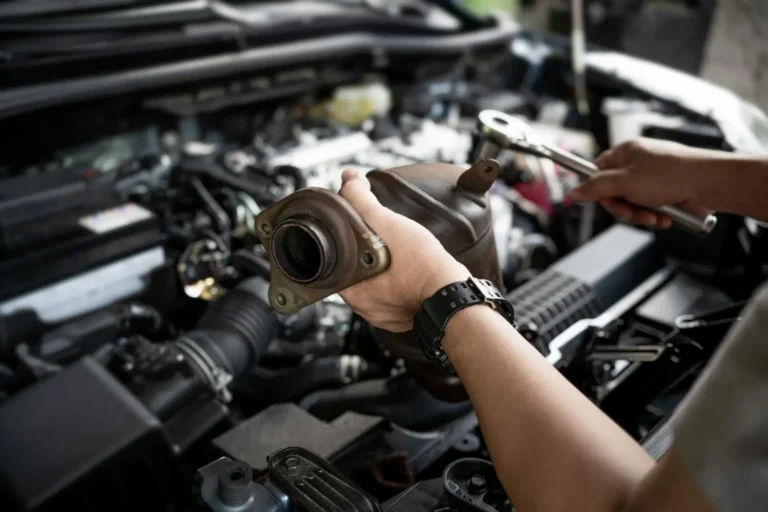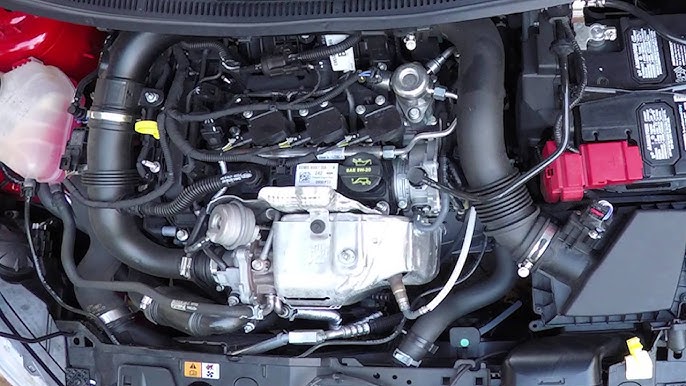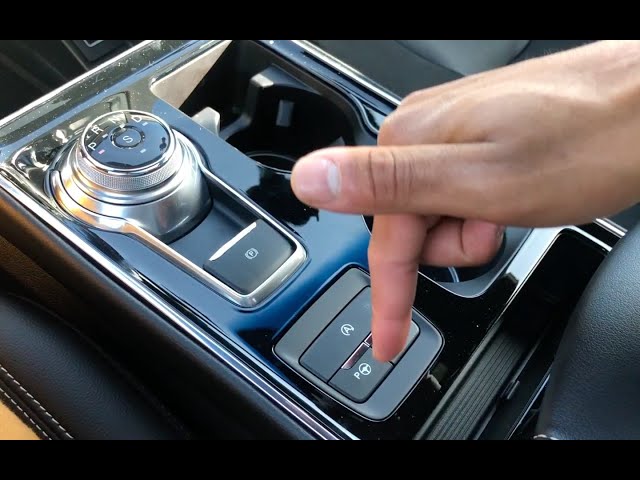Ford KA Overheating and Heater Not Working–Ultimate Guide 2024!
The Ford KA can sometimes face issues like overheating or a heater that stops working. These problems can be concerning and affect your driving comfort. Understanding the causes and solutions can help you keep your car running smoothly and ensure you’re warm during cold weather. Let’s look at why these issues occur and how to fix them.
The Ford KA might overheat or have a heater that stops working due to issues like low coolant, a faulty thermostat ,or a clogged radiator. Addressing these problems quickly can help maintain your car’s performance and comfort.
In this post, we’ll discuss “Ford KA Overheating and Heater Not Working“.
Table of Contents
Importance of maintaining the vehicle’s cooling and heating systems
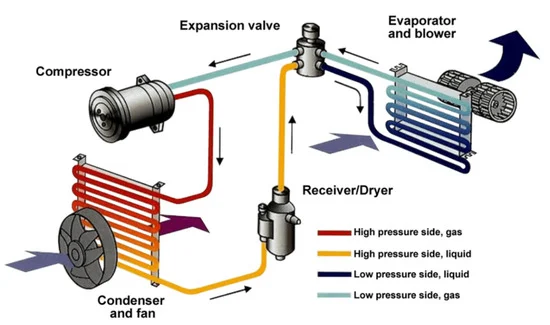
Maintaining your vehicle’s cooling and heating systems is essential to prevent engine damage and ensure comfort. Proper care helps avoid overheating, keeps the engine running smoothly, and ensures the heater works well during cold weather.
Understanding the Ford KA’s Cooling System
Components of the cooling system
The cooling system includes the radiator, thermostat, water pump, coolant, and hoses. These parts work together to keep the engine at a safe temperature and prevent overheating.
How the cooling system works
In order to absorb heat, the cooling system circulates coolant throughout the engine.The coolant then travels to the radiator, where it cools down before returning to the engine, keeping everything at a safe temperature and preventing overheating.
Common Reasons for Overheating
Importance of coolant in preventing overheating
Coolant is vital for preventing overheating because it absorbs heat from the engine. It then carries this heat away to the radiator, where it cools down. Without enough coolant, the engine can overheat and cause serious damage.
Thermostat Issues
The thermostat’s function in controlling engine temperature
The engine’s coolant flow is regulated by the thermostat.. It opens and closes based on temperature, helping the engine reach and maintain the right temperature for optimal performance and efficiency.
Radiator Problems
The cooling the system’s radiator’s functionality
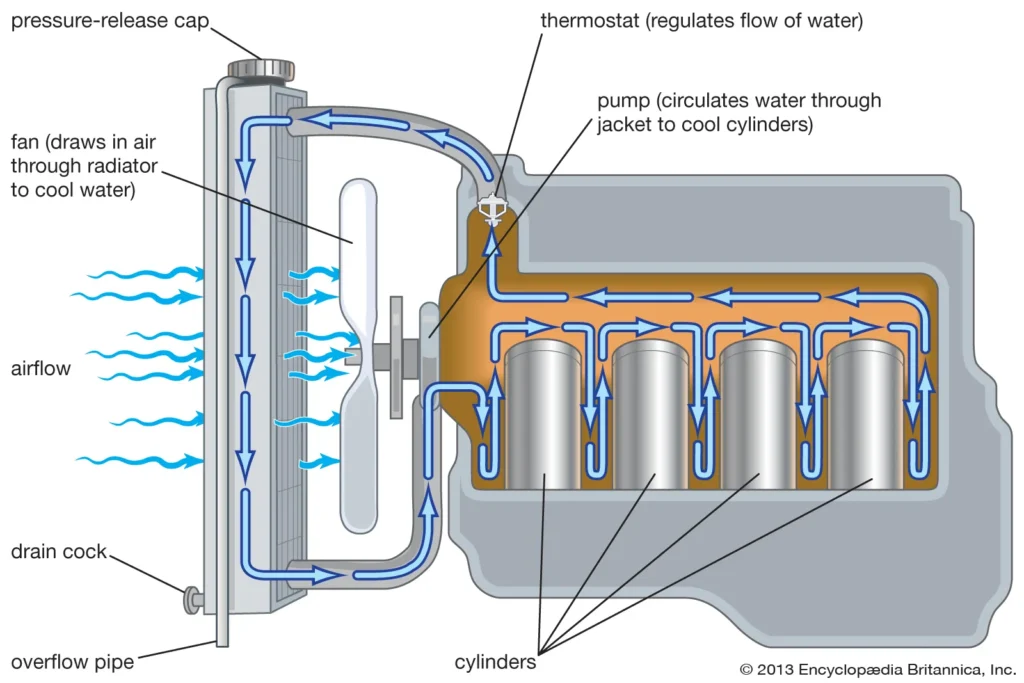
The radiator’s function in the cooling system is to cool down hot coolant from the engine. In order to prevent overheating and guarantee correct engine operation, it permits air to pass through, decreasing the coolant temperature before it returns to the engine.
Common radiator issues leading to overheating
Radiator issues that cause overheating include low coolant levels, leaks, a blocked radiator, a faulty thermostat, or a broken cooling fan.Frequent upkeep can aid in the prevention of these issues.
Water Pump Failure
Importance of the water pump in circulation of coolant
The water pump is crucial for circulating coolant through the engine. It helps keep the engine cool by ensuring the coolant flows smoothly, preventing overheating and engine damage.
Signs of a failing water pump
Signs of a failing water pump include coolant leaks, engine overheating, strange noises from the pump area, and steam coming from the radiator. If you notice any of these, it’s important to get the pump checked.
Blocked or Damaged Hoses
Role of hoses in the cooling system
Hoses in the cooling system transport coolant between the engine, radiator, and other parts. They help maintain the engine’s temperature by ensuring the coolant flows smoothly. Overheating may result from hoses that are leaky or damaged.
How blockages or damage can cause overheating
Blockages or damage in the cooling system can prevent coolant from flowing properly, leading to overheating. When the coolant can’t circulate, the engine can’t stay cool, which may result in serious damage.
Heater Not Working: Common Causes Coolant Issues
Connection between coolant levels and heater function
Low coolant levels can affect the heater’s ability to warm your car. The heater uses hot coolant to produce warm air. If the coolant is too low, the heater may blow cold air instead.
Faulty Heater Core
Explanation of the heater core and its role in heating
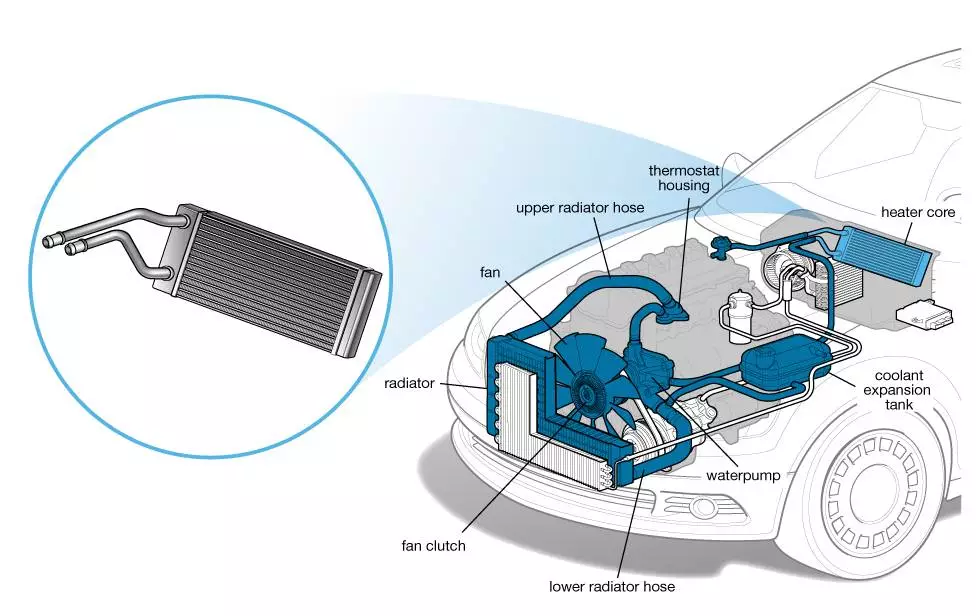
The heater core is a small radiator located inside the car. It uses hot coolant from the engine to produce warm air, which is then blown into the cabin to heat the car’s interior.
Airlock in the Cooling System
How airlocks occur
Airlocks occur when air gets trapped in the cooling system, blocking the flow of coolant. This can happen after a coolant change or if the system isn’t properly filled. Airlocks can cause overheating and engine damage
Effects of airlocks on the heating system
Malfunctioning Thermostat
A malfunctioning thermostat can cause your heating or cooling system to not work properly. It may lead to inconsistent temperatures or frequent adjustments. Checking and fixing it can help restore comfort.
Connection between the thermostat and the heater
The thermostat controls the heater by sending signals to turn it on or off based on the set temperature. A good connection ensures the heater responds correctly, keeping your space at the right temperature
Blower Fan Issues
Blower fan issues can lead to poor air circulation and uneven heating or cooling. Problems may include strange noises, lack of airflow, or the fan not turning on. Checking for blockages or mechanical faults and ensuring regular maintenance can help fix these problems.
Importance of the blower fan in the heating system
The blower fan in a heating system moves warm air throughout your home, ensuring even and comfortable temperatures. Without it, heat would stay in one place, making the space uneven and less comfortable.Overheating may result from leaking or damaged hoses.
Identifying blower fan problems
To identify blower fan problems, listen for unusual noises, check for weak airflow, or test if the fan doesn’t turn on. These signs can indicate issues like blockages, electrical faults, or mechanical failures that need attention
Steps to check coolant levels
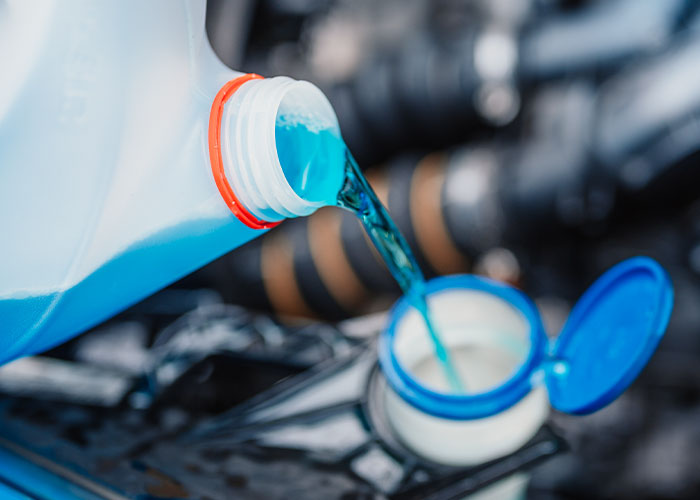
To check coolant levels, first, ensure the engine is cool. Open the coolant reservoir cap and check the fluid level.It ought to lie in the range of “full” and “low” marks.. Add coolant if necessary, and secure the cap tightly.
How to inspect the thermostat
To inspect the thermostat, first turn off the power. Remove the cover and check the wiring for damage. Ensure the settings are correct. If it’s not responding properly, consider replacing it or seeking professional help.
Checking the radiator and water pump
To check the radiator, look for leaks, corrosion, or clogs. Ensure it’s full of coolant and clean. For the water pump, check for leaks around it and listen for unusual noises. Make sure the pump is working smoothly and replace it if needed.
Inspecting the heater core and blower fan
To inspect the heater core, check for leaks or a sweet smell inside the car. For the blower fan, listen for unusual noises and check if it’s blowing air properly. Clean or replace parts if needed to ensure proper function.
Preventative Maintenance for the Ford KA
For preventative maintenance on a Ford KA, regularly check and change the oil, inspect the brakes and tires, and replace the air and fuel filters. Keep an eye on fluid levels and have the car serviced as per the owner’s manual.
Regular coolant checks and changes
Regularly check coolant levels and top up if needed. Change the coolant as recommended to prevent overheating and engine damage. Inspect for leaks or corrosion, and ensure the cooling system is functioning properly to maintain optimal engine performance.
The significance of regular water pump and thermostat inspection
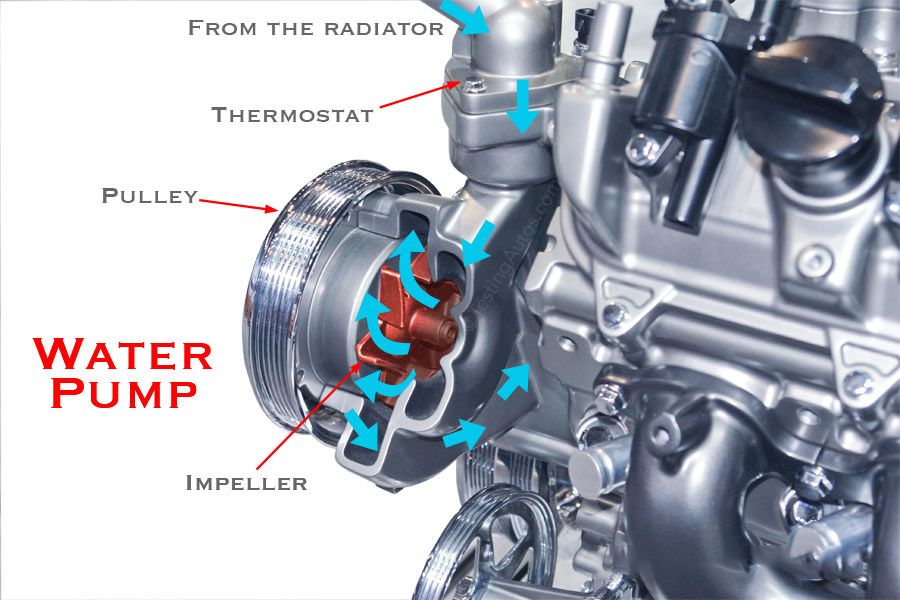
Frequent thermostat and water pump inspections guard against overheating and engine damage. Ensuring these parts work correctly keeps your vehicle running smoothly and avoids costly repairs down the road.
Maintaining a clean and debris-free radiator
Preventing overheating can be achieved by keeping the radiator clear of debris and clean. Clean up dirt and leaves on a regular basis, and look for any obstructions.. This ensures proper airflow and coolant flow, helping your engine run efficiently and reducing the risk of damage.
Ensuring heater components are functioning correctly
To ensure heater parts work properly, check each component regularly for signs of wear or damage. Clean and maintain the parts as needed to keep the heater running efficiently and safely, preventing breakdowns and extending its lifespan.
When to Seek Professional Help
Seek professional help when facing serious issues with your heater, like strange noises, inconsistent heating, or frequent breakdowns. or if you’re unsure about repairs, it’s best to call an expert to avoid further damage and ensure safety.
Indications that a professional diagnosis is necessary
Signs you need a professional diagnosis include unusual noises, uneven heating, frequent breakdowns, or error messages. If simple fixes don’t solve the problem or if you notice a sudden drop in performance, contact an expert for help.
Benefits of taking your Ford KA to a certified mechanic
Taking your Ford KA to a certified mechanic ensures high-quality repairs, proper parts use, and expert knowledge of your vehicle. Certified mechanics can quickly identify and fix issues,
Conclusion
In conclusion, keeping your Ford KA’s cooling and heating systems well-maintained is crucial for avoiding overheating and heater problems. Regular checks and timely repairs help ensure your vehicle runs smoothly and keeps you comfortable. If issues persist, consult a certified mechanic to address them effectively.
FAQs
How often should I check the coolant level in my Ford KA?
Check the coolant level in your Ford KA every month and before long trips to ensure it’s at the proper level.
What should I do if my Ford KA overheats while driving?
If your Ford KA overheats, pull over safely, turn off the engine, and let it cool before checking for leaks.
Can a faulty thermostat cause both overheating and heater issues?
Yes, a faulty thermostat can cause overheating and heater issues by blocking coolant flow or causing incorrect temperature regulation.
How do I know if the heater core in my Ford KA needs replacing?
The heater core may need replacing if you notice a sweet smell inside, weak heat, or coolant leaks inside the car.
Is it expensive to fix overheating and heater problems in a Ford KA?
Fixing overheating and heater issues in a Ford KA can be costly, depending on the parts and labor required.

